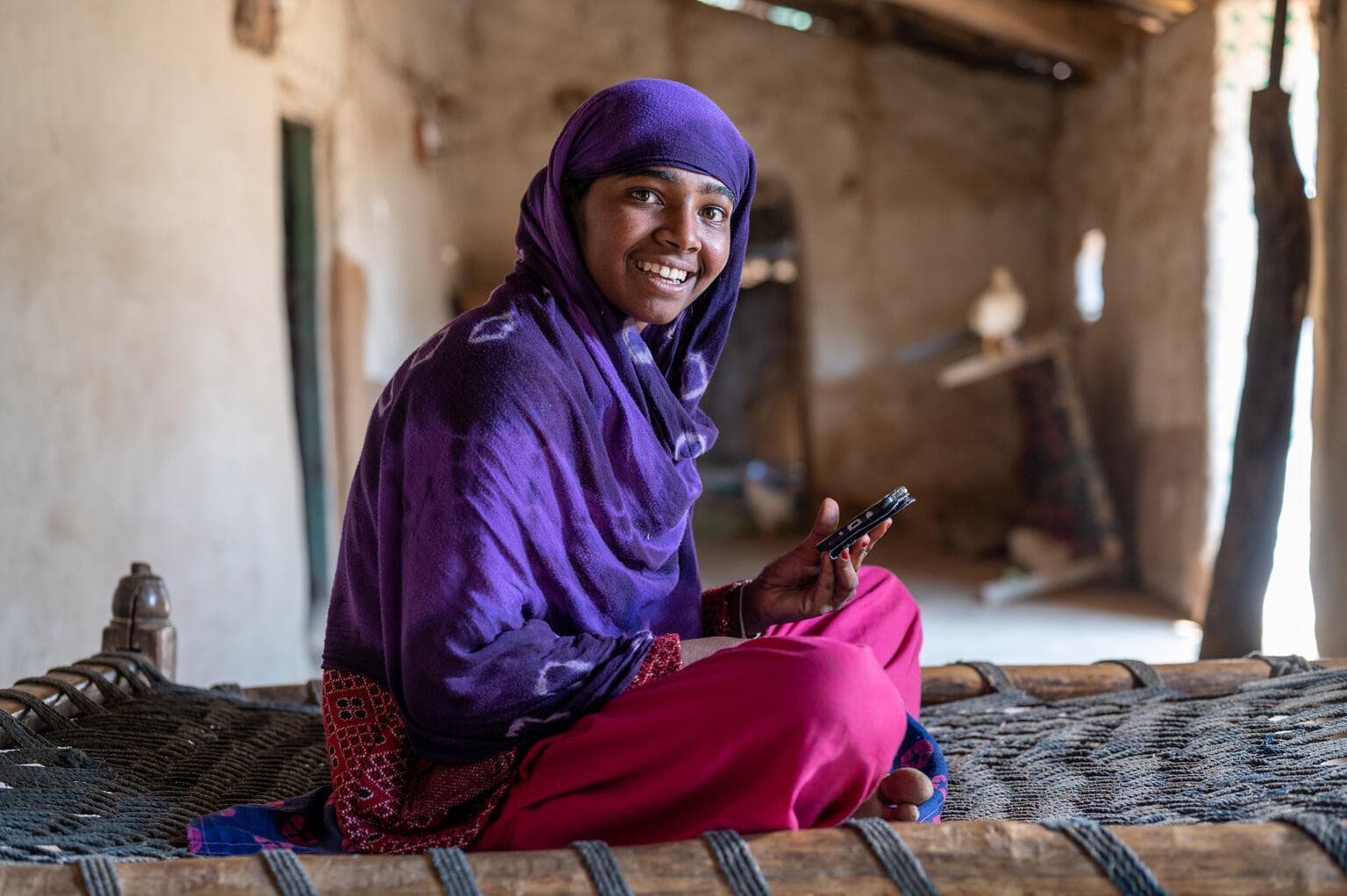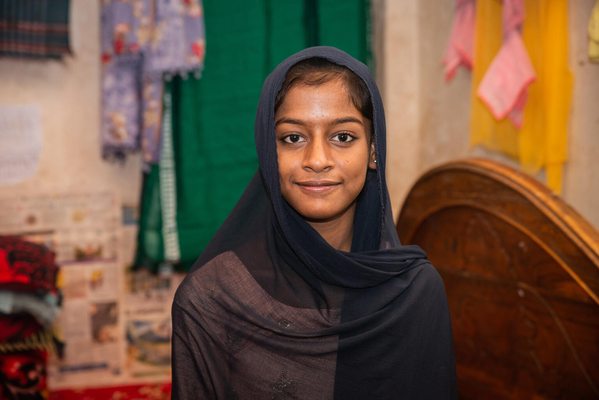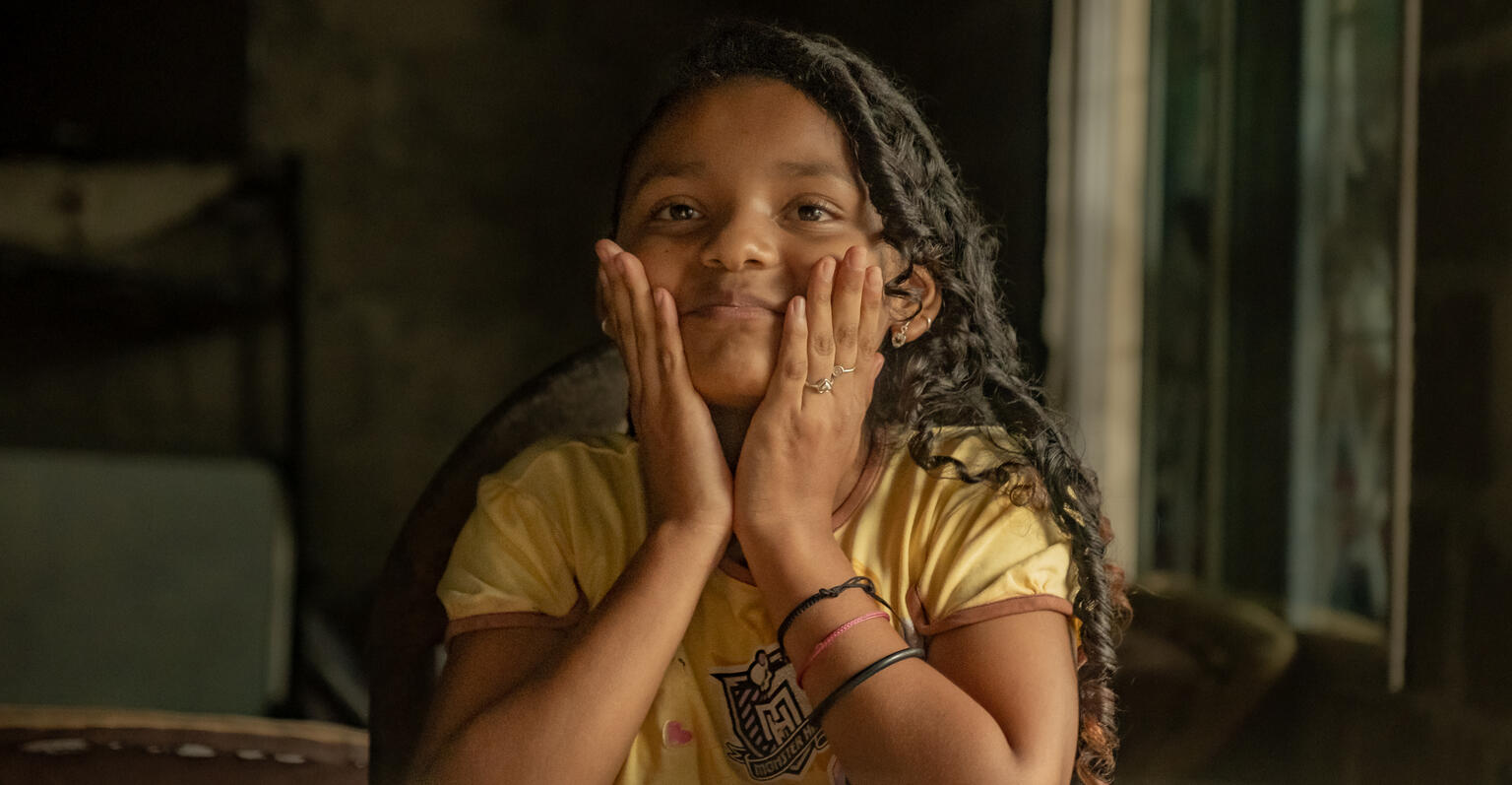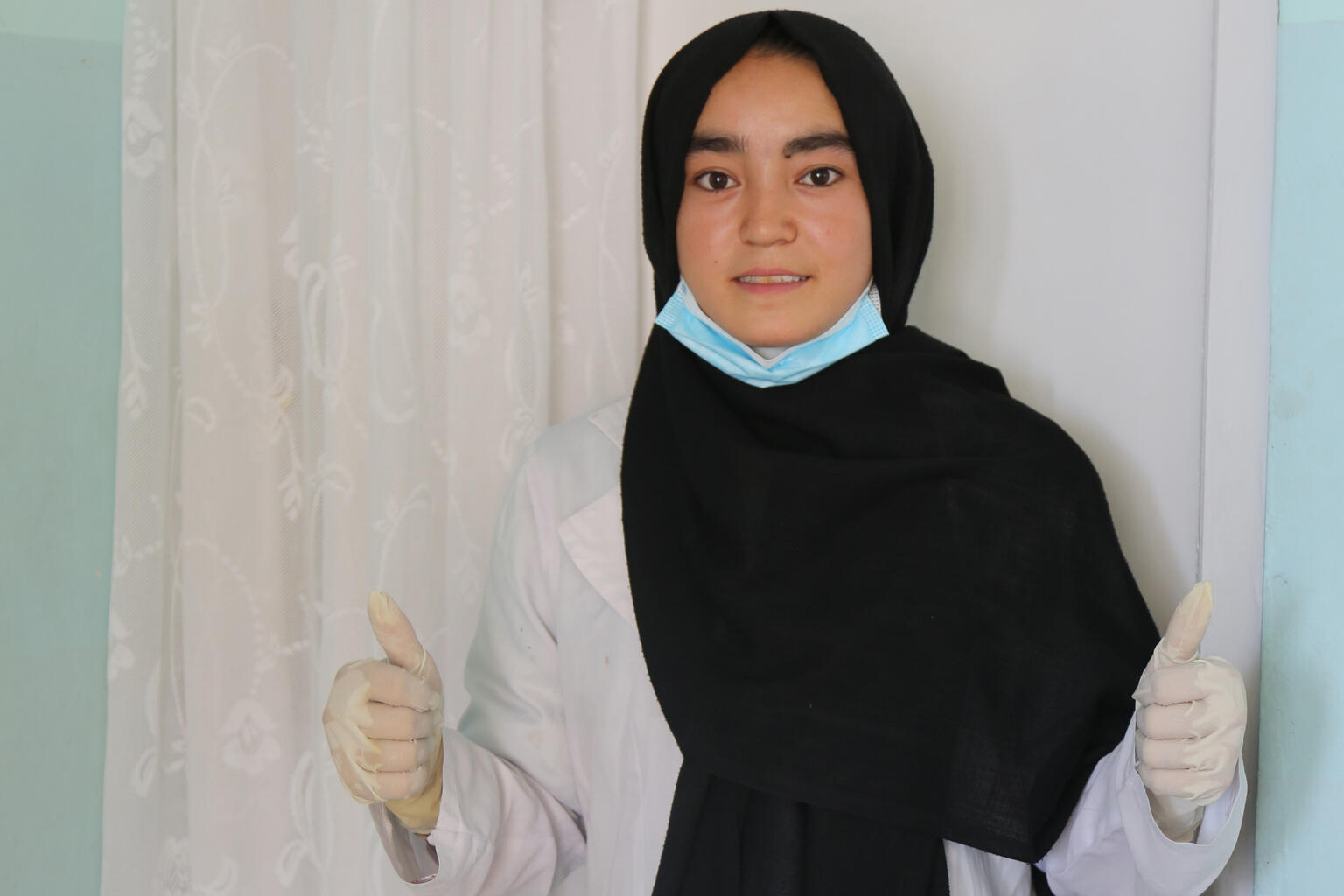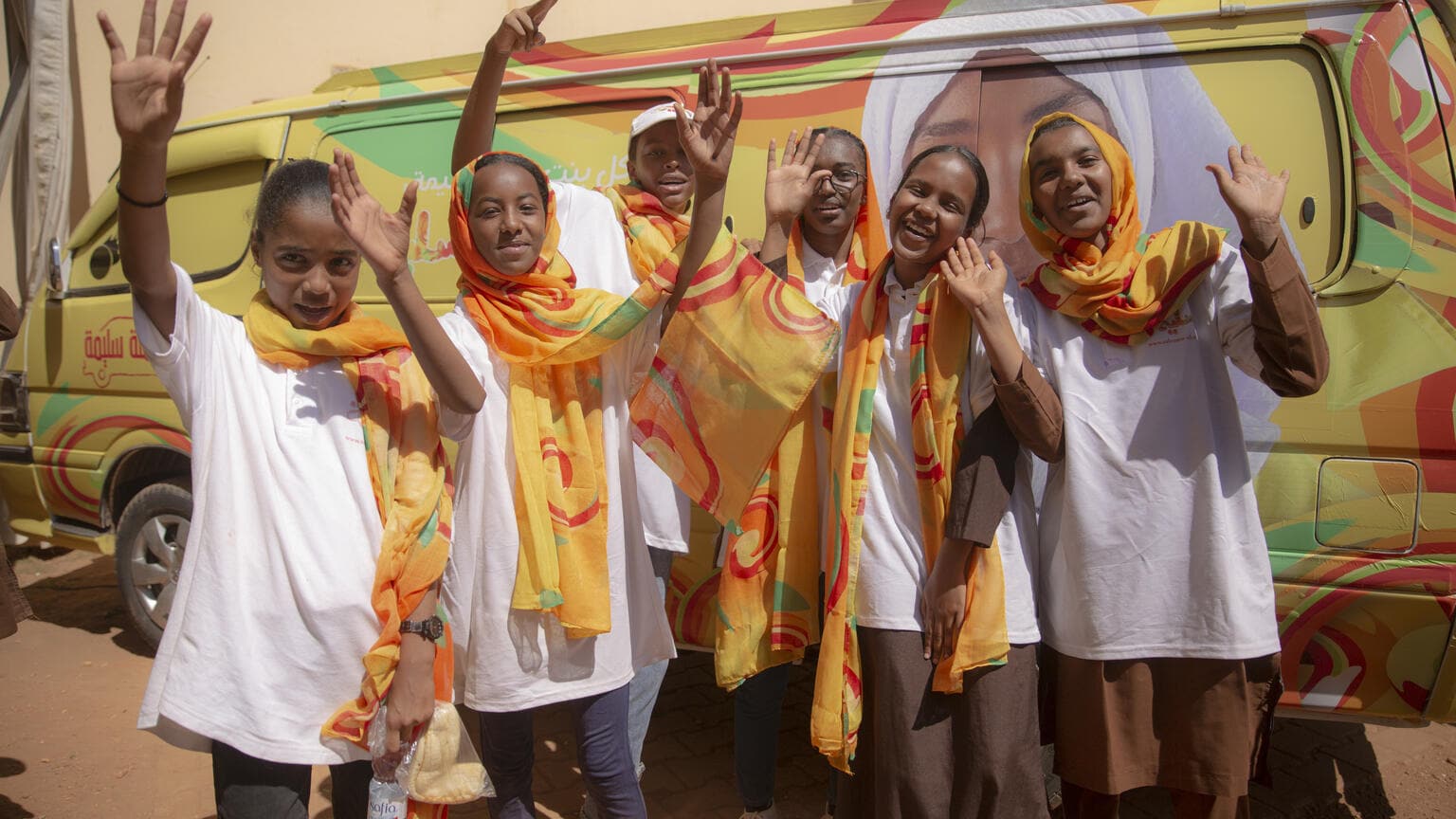Mental disorders are a leading burden of disease for adolescents. Yet, data on the prevalence of adolescent mental health conditions remain sparse, especially in low- and middle-income countries (LMICs). These data are urgently needed to guide strategic actions to address the burden of mental health problems among adolescents through effective policies and programs. UNICEF has made it a priority to address this data gap by investing in the development of measurement tools and working with partners on the population-level measurement and programming for mental health of adolescents and young people.
The Measuring Mental Health Among Adolescents and Young People at the Population Level (MMAPP) initiative was developed by UNICEF with technical support from academic partners at George Washington University and Karolinska Institutet. Interdisciplinary expertise was contributed from Australia, Belize, Brazil, India, Kenya, Nepal, Nigeria, and South Africa. MMAPP is a comprehensive effort to address the lack of reliable data and tools on adolescent and young people’s mental health. The initiative is a crucial step towards improving our understanding of adolescent and young people’s mental health needs and developing evidence-based policies and programs to support their well-being.
The initiative aims to close the mental health data gap by:
- Developing a culturally adaptable and clinically validated data collection tool, which is initially integrated into the Multiple Indicator Cluster Surveys (MICS)
- Producing guidelines for cultural adaptation and data interpretation
- Establishing a set of global indicators on mental health of adolescent and young people for promoting standardized data collection and reporting across countries and regions
- Disseminating knowledge products for capacity strengthening, data-driven advocacy, and to inform effective policies and programming
Mental health domains included in MMAPP
The MMAPP initiative focuses on the following key mental health domains for adolescents and young people:
- Symptoms of anxiety and depression: The module assesses the presence of symptoms of anxiety and depression and identifies the need for additional follow up based on symptoms in the Diagnostic and Statistical Manual of Mental Disorders, Fifth Edition Text Revision (DSM-5-TR), and the International Classification of Diseases, 11th edition (ICD-11).
- Functional Limitations: This section ascertains if mental health problems result in limitations for the young person in carrying out activities or maintaining relationships at home, at school or work, or with peers.
- Suicidal Thoughts and Behaviors: This section ask questions about current and prior thoughts and behaviors related to self-harm. Administration of this module is seen as an opportunity to provide a suitable pathway to referral for those at risk.
- Care Seeking and Connectedness: This section includes questions to understand the opportunities to speak to others about their mental health needs, and the extent to which they feel understood by parents or guardians.
In addition, the MMAPP initiative is developing a module on adolescent and young people’s risk factors for health, primarily focusing on physical activity and substance use. This section consists of two modules on physical activity and substance use and encapsulates health related risk factors that can affect their mental health and well-being. Further information will follow as the module is refined.
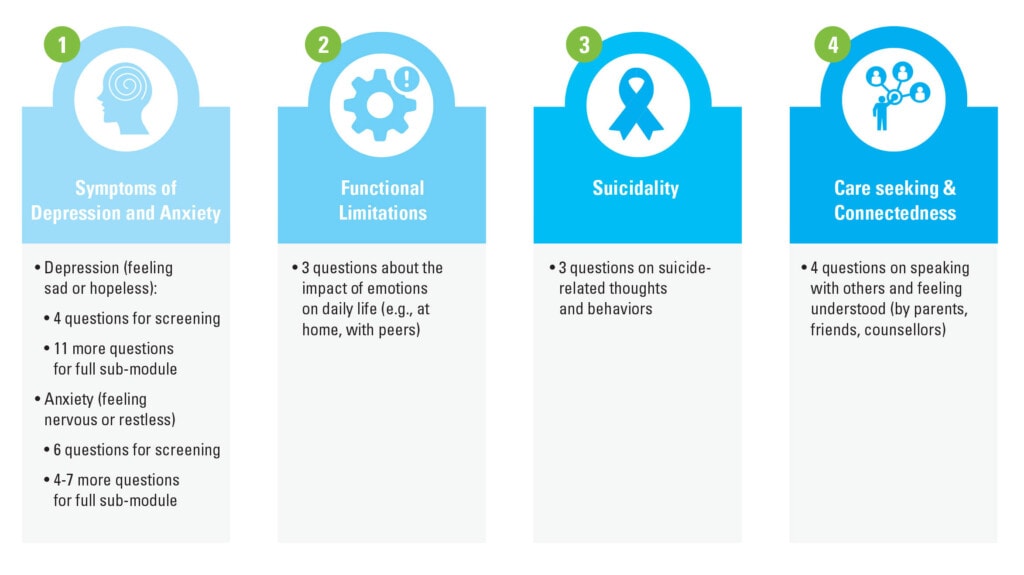
Launching the new mental health module in MICS
The mental health data collection module developed through the MMAPP initiative will be first launched as part of the 7th round of Multiple Indicator Cluster Surveys (MICS).[1] MICS are multi-topic household surveys that collect data on a wide range of indicators related to adolescents’ and young people’s wellbeing such as educational achievement and health outcomes. They also collect data on their living conditions like their household characteristics, their access to clean water and sanitation or the types of work activities they engage in. Integrating the mental health module into MICS will make it possible to analyze mental health outcomes more holistically to expand the understanding of the environment in which adolescents and young people live and how they correlate with outcomes in their mental health.
Roll-out process for the MICS module on adolescent and young people’s mental health
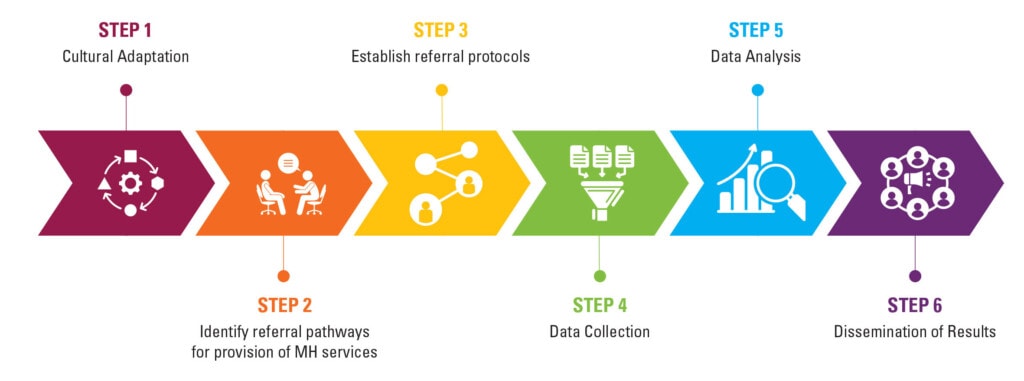
Clinical validation process for the tool development
The data collection tool was developed through a clinical validation process conducted in four countries. It measures key domains of mental health that will be summarized through key standard mental health indicators. These data are essential in guiding effective action and supporting countries to better understand the mental health needs of adolescents and young people, and to strengthen prioritization for mental health resources, ultimately improving policies and programming.
Cultural Adaptation Process for Roll-Out of Mental Health Module
When the module is used for the first time in a new setting, the first step in getting the module ready for implementation is the cultural adaptation process. This is done to ensure that the language and content is contextualized and suitable to be used among adolescents and young people, resulting in clearly understood, acceptable and relevant questions that can be effectively used in any new setting. Local mental health experts and youth advisors will be engaged in reviewing the module and providing suggestions to improve suitability, without affecting comparability of the tool. This is followed by a blind back translation process to ensure the core meaning of the questions have been retained, resulting in an adapted module that is ready for roll-out.
Along with this culturally adapted module, the country teams will follow a few additional steps to optimize the use of MMAPP, including identifying referral pathways for the provision of free and accessible mental health services in the areas where the data collection will take place. This step ensures that information is available for caregivers and youth to connect with mental health care and emergency services. A referral protocol will also need to be established to assist participants who were identified as needing immediate mental health follow-up. Once these steps are completed, data collection, analysis, and dissemination can be carried out following the manuals.
Footnote
1. The module will also be available for integration into other surveys or to be used for research.
References
- Journal of Adolescent Mental Health, supplement on Measurement of Adolescents’ Mental Health at the Population Level, published in January 2023. https://www.jahonline.org/meas_supplement
- Increasing Data and Understanding of Adolescent Mental Health Worldwide: UNICEF’s Measurement of Mental Health Among Adolescents at the Population Level Initiative.
- Measurement of Mental Health Among Adolescents at the Population Level: A Multi-country Protocol for Adaptation and Validation of Mental Health Measures. Journal of Adolescent Health.
- Bringing a Wider Lens to Adolescent Mental Health: Aligning Measurement Frameworks With Multisectoral Actions.
- The Importance of Mental Health Measurement to Improve Global Adolescent Health.
- You Can’t Manage What You Do Not Measure – Why Adolescent Mental Health Monitoring Matters.
- MMAP Validation country cases: Belize, Kenya, South Africa
- Patel V, Saxena S, Lund C et al. 2018 The Lancet Commission on global mental health and sustainable development. http://dx.doi.org/10.1016/S0140-6736(18)31612-X https://www.thelancet.com/commissions/global-mental-health
- Patton G et al. 2018 – Our future: Lancet commission on adolescent health and wellbeing. 2016 Jun 11; 387(10036): 2423–2478.
Resources
